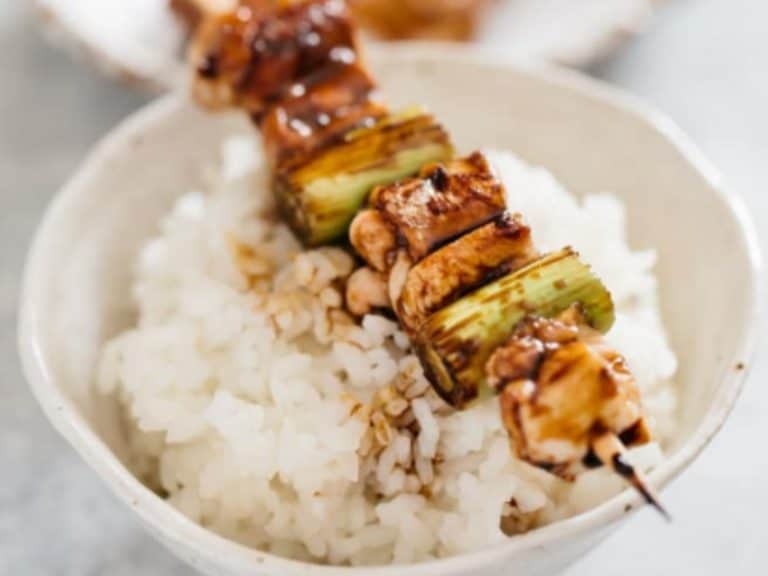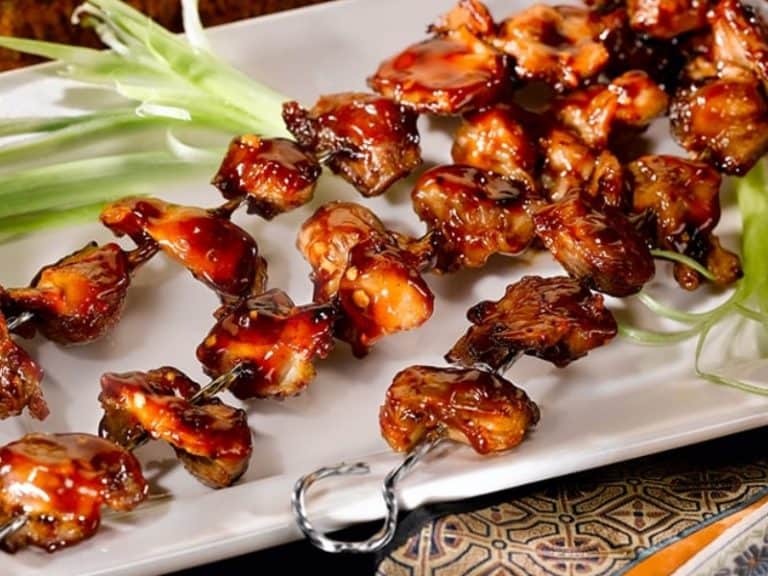How To Keep Sushi Rice From Getting Hard
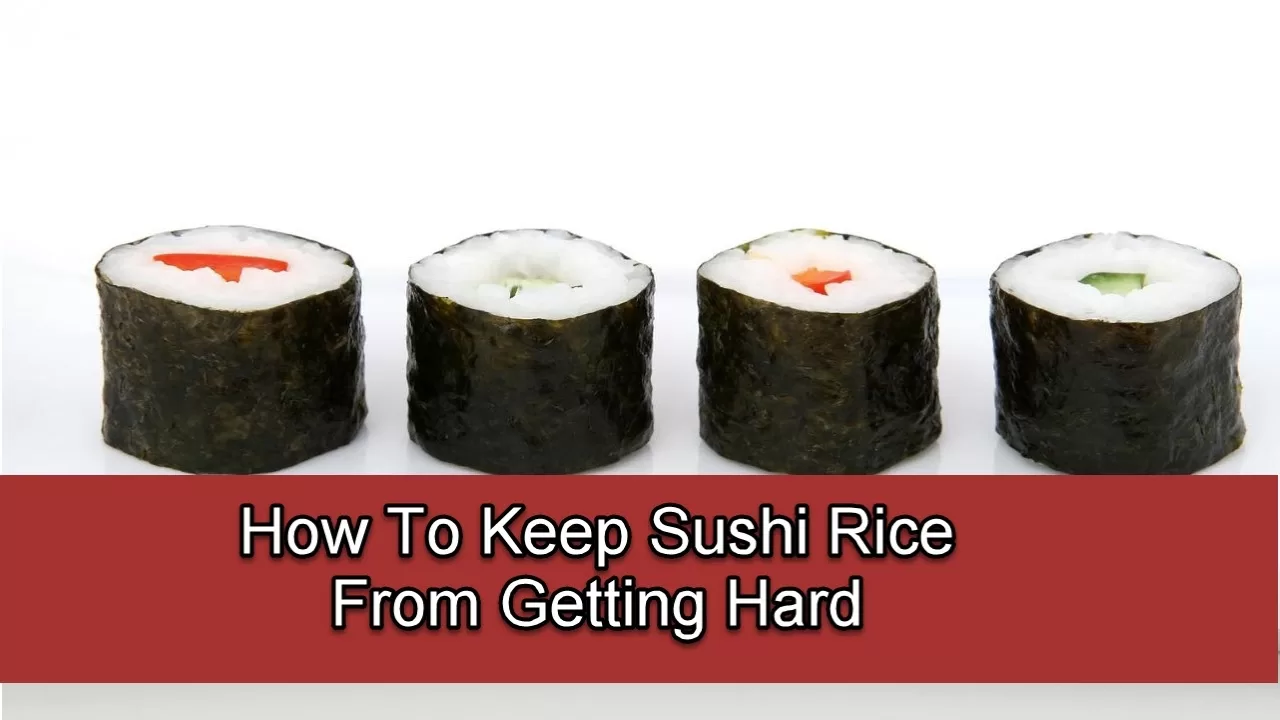
Do you enjoy eating sushi? Have you tried ordering a lot of sushi from restaurants or making sushi, yet there are still a lot of leftover sushi rice? Usually, sushi rice shouldn’t often be left out overnight. This may ruin the fresh flavor, can become hard, and it is prone to food spoilage which can cause food poisoning. But, if you have no other option, there are a handful of ways from preventing the sushi rice from getting hard, and you can also retain the flavor and still tasty.
In this post, we’ll provide you with a few ways on how to make sushi rice soft again that has been kept the whole night in the fridge. If you are interested in this topic, scroll down and continue reading.
How To Keep Sushi Rice From Getting Hard
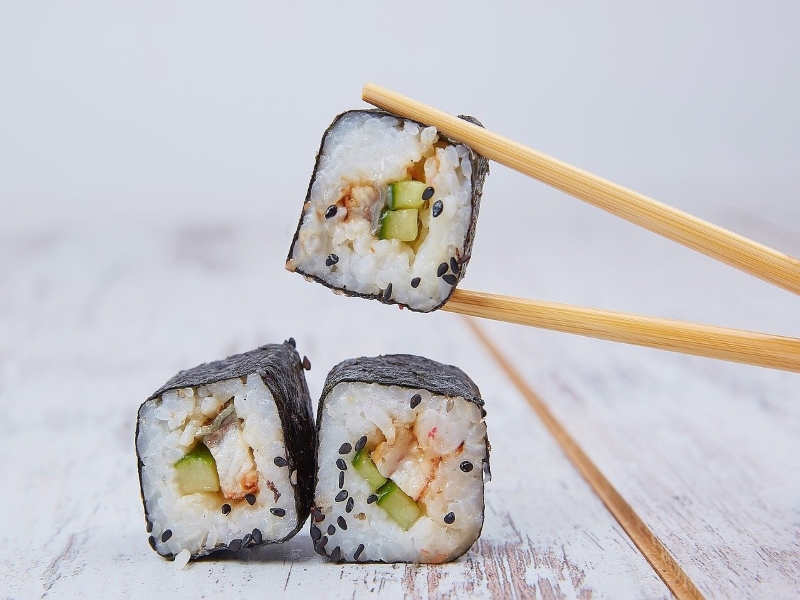
What Is Sushi?
A type of traditional Japanese dish, sushi, is made of vinegared rice that has typically been mixed with salt, sugar, and a range of other ingredients, such as vegetables and seafood, such as fish, that is frequently raw. Sushi rice, also known as shari, or sumeshi, which means “vinegared rice,” is the essential ingredient of all sushi styles and presentations.
Hanaya Yohei, who is known for creating the most popular kind of sushi today, nigiri-zushi, in which seafood is served over hand-pressed vinegared rice, is said to have created modern sushi in the Edo era (1603–1867) in the year 1824.
Although brown rice or short-grain rice can also be used to make sushi, medium-grain white rice is the traditional ingredient. It is commonly produced with seafood, including imitation crab meat, salmon, eel, squid, yellowtail, and tuna. Sushi comes in many vegetarian varieties. Wasabi, soy sauce, and pickled ginger (gari) are typically added to the dish. Popular toppings for the meal comprise daikon radish or pickled daikon (takuan).
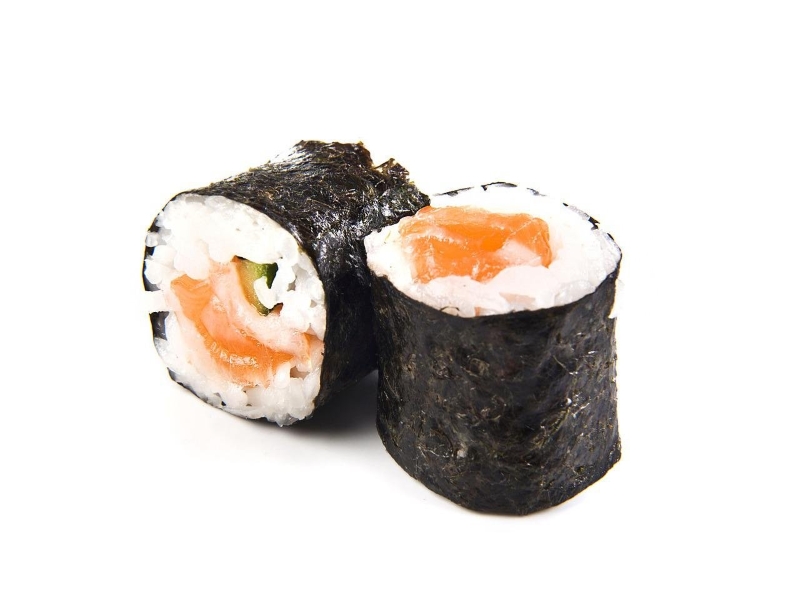
How To Maintain Soft Sushi Rice
Not allowing the sushi rice dry out is one of the most crucial aspects of overnight storage.
- If you have leftover sushi rice, put it in a dry, clean container, then drape it with a kitchen towel. You also have the option to use a large sheet of paper if a kitchen towel is not available. If you don’t have a plastic container, you may alternatively put it in an airtight bag. Be sure that the container is well sealed and has no air leaks. As a result, the sushi rice maintains its moisture. Remember to remove the sushi rice from the fridge at least 30 minutes before you begin eating.
- Next, put the sushi rice in the microwave. It will become soft again.
There are a few methods to determine whether sushi rice is no longer edible.
Ways To Check If Sushi rice Is Still Edible
- Smell the sushi rice. If it smells awful, you shouldn’t consume it. A sour smell can be detected in spoiled sushi rice.
- Check the color of the sushi rice. Sushi rice should be white. Any other color is an indication that you should discard the dish.

Proper Storing Of Sushi Rice To Make It Soft
If you plan on buying pre-made sushi in refrigerators at supermarkets, we’ll give you some tips on how to properly store them.
In Japan, pre-made sushi is stored at the ideal temperature of 55°F to 64°F (13°C and 18°C), which is greater than the temperature at which the rice would get hard and lower than the temperature at which the contents would begin to spoil.
Sushi is frequently kept in a refrigerator in the USA at temperatures that are far too low.
You need to store pre-made sushi if you won’t start eating sushi right away. Basically, it’s the same as storing fresh left over sushi rice. Just wrap the sushi container in a large piece of paper or kitchen towel, and refrigerate it. Place it in the refrigerator vegetable drawer. As a result, the sushi will be kept at the ideal temperature and level of moisture. Keep in mind that sushi must be kept in a cool environment. Also, the taste and quality of sushi rice will not be the same the next day.
After that, get it out from the refrigerator for 30 minutes before consuming.
Tips:
You are at risk for food poisoning if you chose to leave it out overnight without refrigeration.
This occurs as a result of rice’s high starch content, which when exposed to room temperature for an extended period of time may allow bacteria to grow. The bacteria won’t be eliminated even if you reheat it.
It is just not really recommended to keep your sushi rice out at room temperature all night for this purpose.
How To Restore Sushi Rice That Has Been Over-Refrigerated
If you observe that the sushi rice is too hard after being exposed to cold temperatures for an extended period of time, it is recommended to microwave the sushi rice. In order to restore the rice’s softness when purchasing pre-made sushi, you will often need to do this.
How To Make Sushi Rice
Ingredients
- 3 cups water
- 3 cups sushi rice
- 1/4 cup Japanese rice vinegar
- 1 tsp salt
- 2 tbsps sugar
Instructions
- Put the rice in a mixing basin. Then, add cold water and cover. Swirl the rice in the water using your hand, and pour out the water. Do this for three times or till the water is clear. Repeat the rinsing process. After rinsing, allow the rice to drain for an hour in a colander or strainer.
- Next, place the sushi rice in the rice cooker with the 3 cups of water once it has been drained, cover it, and turn the rice cooker on.
- If you don’t have a rice cooker, combine the rice and water in a large saucepan over medium high het, and bring to a boil. Then decrease the heat to simmer. Cover the pan and cook the mixture for 15 minutes. After the rice has finished cooking, leave it covered for another 15 more minutes.
- Make the vinegar mixture while the rice is cooking. Rice vinegar, sugar, and salt should all be mixed in a small pan over medium heat. Simply heat mixture until sugar is dissolved. Cool to room temperature after removing from heat.
- Spread the cooked rice out evenly across a cookie sheet once it has finished cooking. Spread the vinegar mixture evenly over the rice when it has cooled. To ensure that the rice cools uniformly, gently flip it over from time to time using a wooden spatula or rice paddle. Every time you flip the rice, fan it to speed up the process. Sushi rolls may be made with rice that has cooled to room temperature.
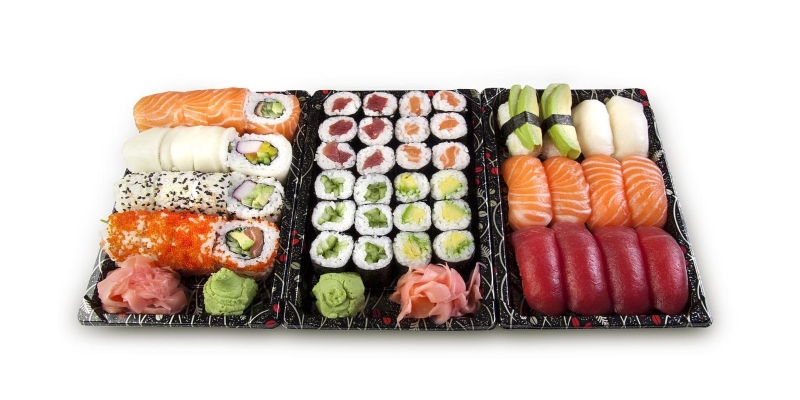
Types Of Sushi
Vinegared sushi rice is the typical ingredient in all varieties of sushi, and there are many variations in fillings, toppings, sauces, and cooking. Below is a list of some types of sushi.
Chirashizushi
Also known as scattered sushi. The rice is served in a bowl with a selection of raw fish and vegetable garnishes on top in this type of sushi dish. It is frequently consumed since it is quick, simple, and filling to prepare.
Inarizushi
A packet of fried tofu normally only contains sushi rice in this type of sushi. Cone sushi is an inarizushi variation of rice, green beans, carrots, or gobo. It is a Hawaiian invention.
Nigirizushi
A topping (the neta) is placed on top of an oval-shaped ball of sushi rice that has been formed by the chef pressing it between the palms of the hands. It is normally served with some wasabi, and salmon, tuna, and other types of fish are frequently used as toppings.
Frequently Asked Questions
Making sushi rice can occasionally be challenging. When you make sushi, it has to be sticky, it mustn’t be too soft, and it mustn’t be too hard. But, if you just use the appropriate ingredients, then you can make the perfect sushi rice.
The amount of water can be modified the next time you create sushi. If it’s too mushy, use a little less water.
If you notice that the sushi rice is dry, you can adjust the amount of water the next time you prepare a sushi. Add a bit more water if it’s too dry or hard.


